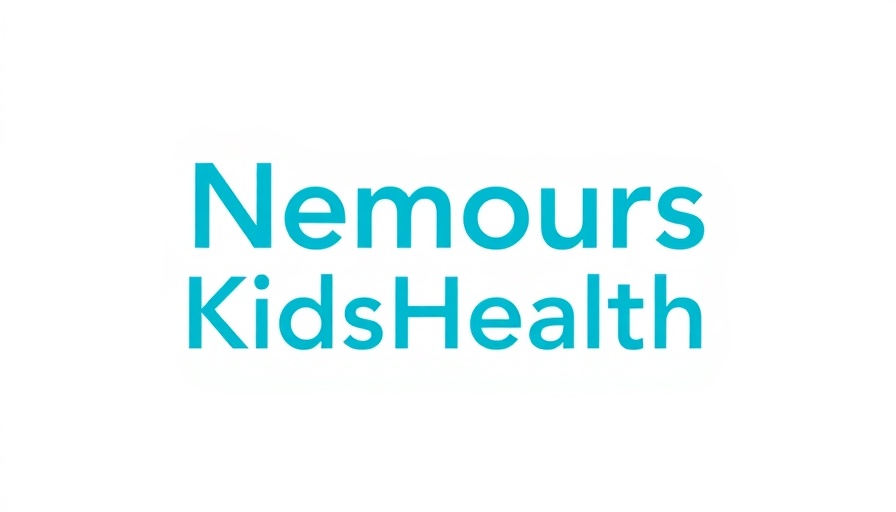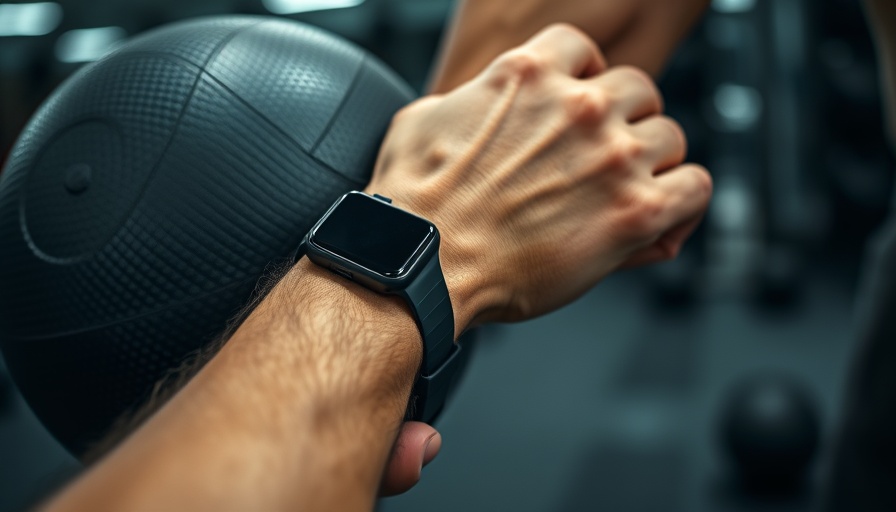
What is Ulnar Dysplasia?
Ulnar dysplasia, also known as ulnar club hand, is a congenital condition characterized by a short or missing ulnar bone, one of the key bones in the forearm. This condition leads to a distinctive posture of the hand and wrist, often resulting in the hand turning outward towards the pinky side. While the severity varies across individuals, it can have different implications for mobility and hand function.
Understanding the Types of Ulnar Dysplasia
Ulnar dysplasia is classified into four distinct types, with symptoms varying accordingly:
- Type I: The mildest form where the ulna is slightly shorter than normal. This type features minimal outward turning of the wrist.
- Type II: Here, the ulna is significantly smaller, causing the radius to be bowed, leading to more pronounced outward turning of the hand.
- Type III: The most severe form, where the ulna is completely absent. In this case, the radius is bowed, and the wrist is severely turned out.
- Type IV: Similar to Type III, but with the additional complication of fused elbow bones, severely restricting movement in the elbow joint.
Early Detection and Diagnosis
Detecting ulnar dysplasia early can make a significant difference in treatment. In some cases, prenatal ultrasounds can reveal anomalies before birth. However, it is most commonly diagnosed at birth. Following birth, healthcare providers typically use X-rays to assess bone structure and formulate a treatment plan. Genetic tests may also be recommended if the dysplasia occurs alongside other medical conditions.
Managing Ulnar Dysplasia: Treatment Options
The treatment strategy for ulnar dysplasia is tailored to the severity of the condition and can include a range of interventions such as:
- Physical and Occupational Therapy: These therapies focus on building strength and improving hand functionality. They can help children master tasks they encounter in daily life.
- Splinting and Casting: These methods aim to stretch the arm and wrist adequately so that movement and function can be optimized.
- Surgery: In more severe cases, surgical intervention may be ideal for correcting the structure and improving hand use.
Families are encouraged to work closely with medical teams to explore the most effective approaches for their child's unique situation.
Adapting Life with Ulnar Dysplasia
For families and children navigating life with ulnar dysplasia, adapting your environment can significantly improve daily experiences. For instance, using adaptive tools such as Velcro shoes instead of traditional laces can help in promoting independence. Designating specific areas at home that are ergonomically optimized can also facilitate easier access to everyday items.
Future Outlook and Support
The prognosis for children with ulnar dysplasia largely depends on the type and severity of the condition. With proper treatment, many children develop the skills needed to lead fulfilling lives. Support groups and occupational therapy provide invaluable emotional support for families, helping them adapt to the challenges and triumphs in using adaptive strategies.
Conclusion: Empowering Children to Thrive
Understanding ulnar dysplasia equips parents and caregivers with the insights needed to optimize care and lifestyle adaptations for their children. By prioritizing early detection and treatment, and embracing the challenges with a positive outlook, families can enable their kids to thrive and navigate their environments with confidence.
Explore more resources and practical advice on managing healthcare while living abroad. Empower your family's well-being today!
 Add Row
Add Row  Add
Add 




Write A Comment